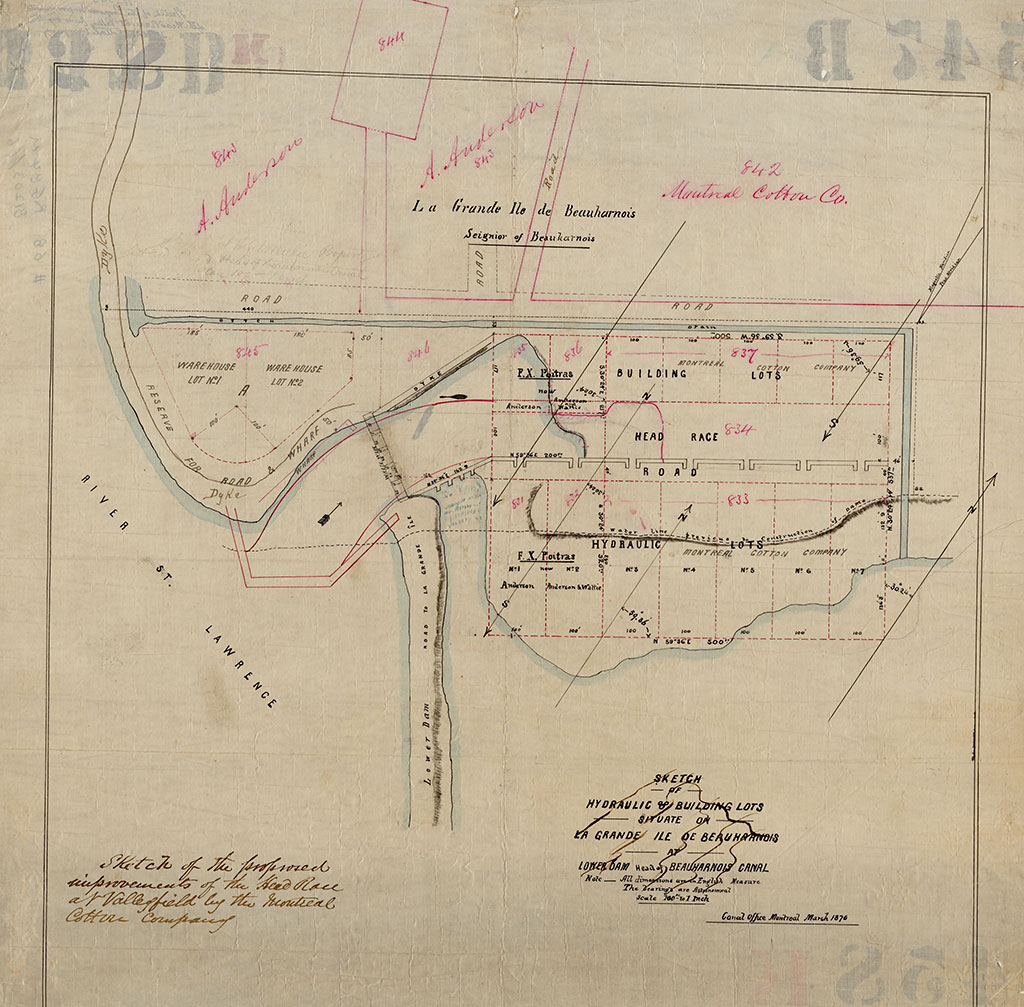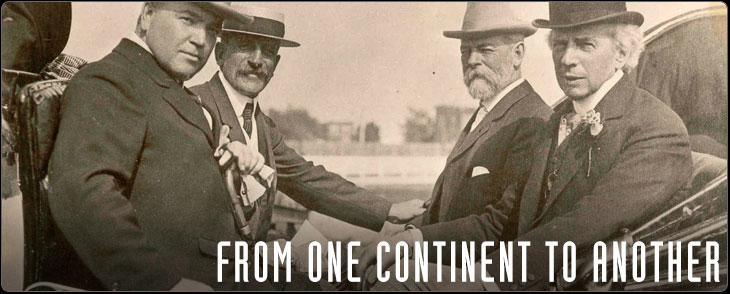We Welcome You!

Canada’s hydraulic lots at Grande Isle. [Sketch of the proposed improvements of the headrace at Valleyfield, by the Montreal Cotton Co. Hydraulic and building lots on La Grande Ile], 1876.
Library and Archives Canada, RG84M 81203/66.
In an effort to convince investors to come to their towns, municipalities consented tax exemptions or breaks over predetermined timespans (e.g. 20 years). These exemptions were extended or restored several times over the years. Occasionally, towns and companies exchanged services: cash “bonuses” for guaranteed employment over a given time period; land grants over many years; access to specific services in exchange for road maintenance; construction of new plants; or free street lighting. All in all, companies carried practically no social and environmental burden.
Large enterprises did not only benefit from financial advantages in exchange for their patronage in a given town or province. Depending on their size and economic impact, companies would have their say about accepting new factories in town; municipal, provincial and even federal legislation; certain aspects of roadwork; and even in some cases how products were sold to consumers. Finally, this power would even come to influence authorities, which would be called upon to help repress labour movements.





